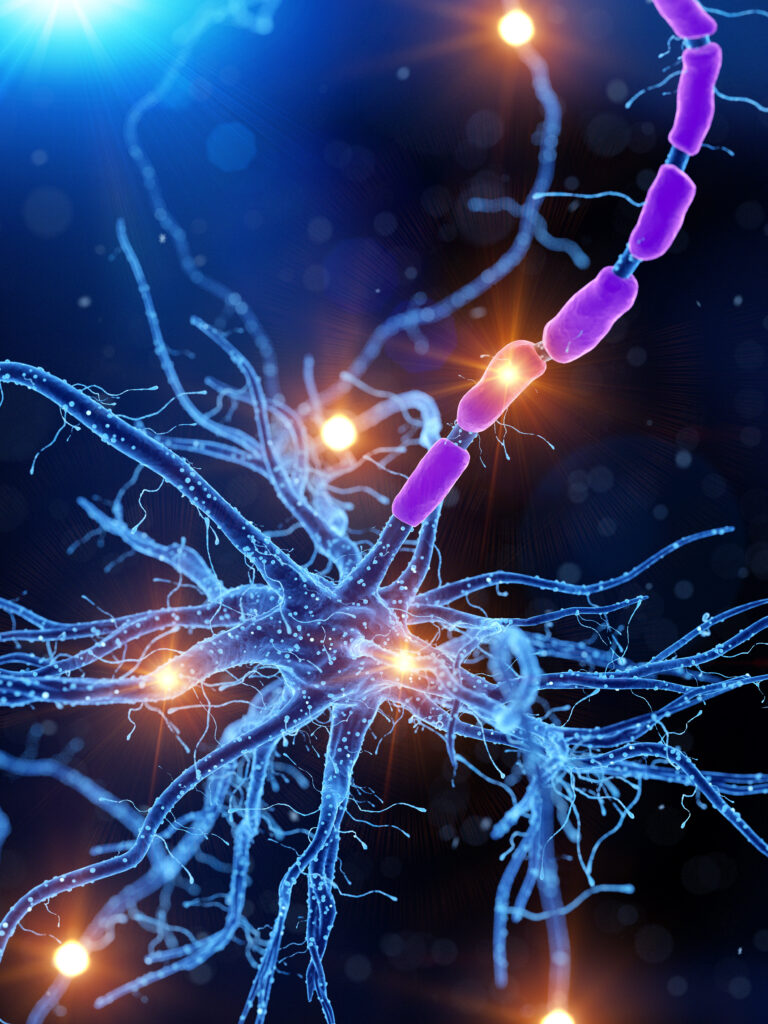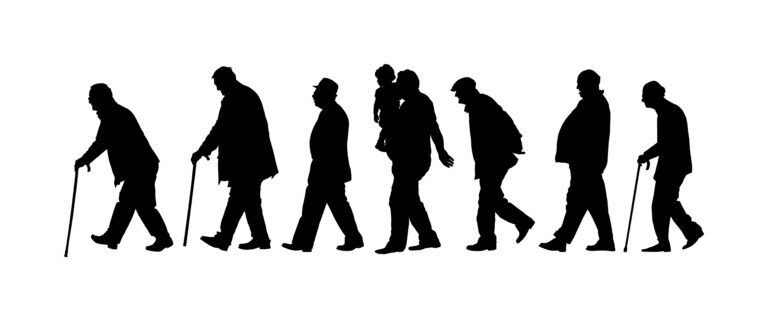Sarcasm is a form of communication that involves saying something but meaning the opposite. It can be a humorous and playful way of interacting with others, but it can also be used to mock or criticize someone. However, for individuals with Alzheimer’s disease, detecting sarcasm can become increasingly difficult as the disease progresses.
Alzheimer’s disease is a progressive brain disorder that affects memory, behavior, and thinking skills. As the disease progresses, individuals may experience changes in their ability to communicate and understand social cues. This can make it challenging to recognize sarcasm, which relies heavily on understanding subtle social cues and nonverbal communication.
So why is it important to detect sarcasm in individuals with Alzheimer’s disease? Well, for starters, sarcasm is a common form of human communication, and for those with Alzheimer’s, losing the ability to understand it can further isolate them from social interactions. It can also lead to misunderstandings and potentially harmful situations if sarcasm is taken literally.
Detecting sarcasm relies on a person’s ability to understand the intended meaning behind a statement, rather than just the literal words being said. For example, if someone says “Wow, you’re really smart” in a sarcastic tone, the listener needs to understand that the person actually means the opposite.
As Alzheimer’s disease progresses, individuals may have difficulty recognizing this type of non-literal language. This is due to the degeneration of brain cells responsible for understanding language and social cues. As a result, individuals may take sarcastic statements literally, leading to confusion and miscommunication.
Moreover, research has shown that individuals with Alzheimer’s disease have difficulty detecting and interpreting emotional cues, such as facial expressions and tone of voice. This can make it even more challenging for them to pick up on the subtle cues of sarcasm.
One study conducted by researchers at Northwestern University found that individuals with Alzheimer’s disease had a significantly harder time detecting sarcasm compared to a control group of healthy individuals. The study also showed that the more advanced the individual’s Alzheimer’s was, the more difficulty they had in recognizing sarcasm.
So how can we improve sarcasm detection in individuals with Alzheimer’s disease? Firstly, it is essential to be patient and understanding when communicating with someone who has Alzheimer’s. Avoid using sarcasm and speak clearly and directly. This can help reduce any confusion or misunderstandings.
Another approach is to use visual cues to aid in communication. For example, using hand gestures or facial expressions can help convey the intended meaning behind a statement. Using simpler language and avoiding abstract concepts can also make it easier for individuals with Alzheimer’s to understand.
Additionally, incorporating activities that stimulate cognitive function, such as puzzles and memory games, can help slow down the progression of the disease and improve overall cognitive abilities, including language and social skills.
There are also ongoing studies and developments in technology that aim to assist individuals with Alzheimer’s in detecting sarcasm. For example, a team of researchers at MIT developed a computer program that can analyze speech patterns and detect sarcasm with 77% accuracy.
In conclusion, sarcasm detection can become increasingly challenging for individuals with Alzheimer’s disease as the disease progresses. It is essential for family members, caregivers, and healthcare professionals to be mindful of this and adjust their communication accordingly. By being patient, using visual cues, and engaging in cognitive activities, we can help improve sarcasm detection in individuals with Alzheimer’s and enhance their overall quality of life.





